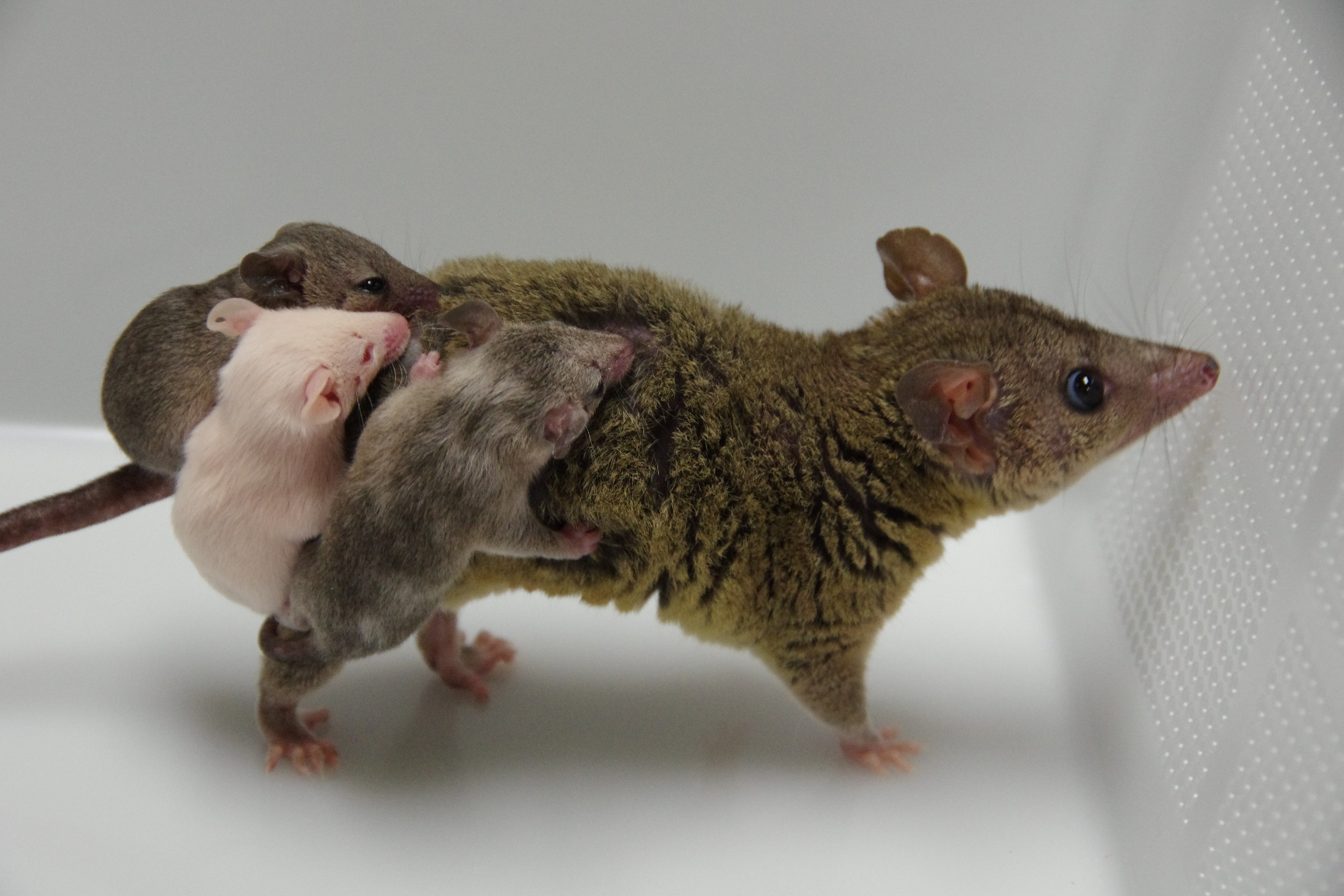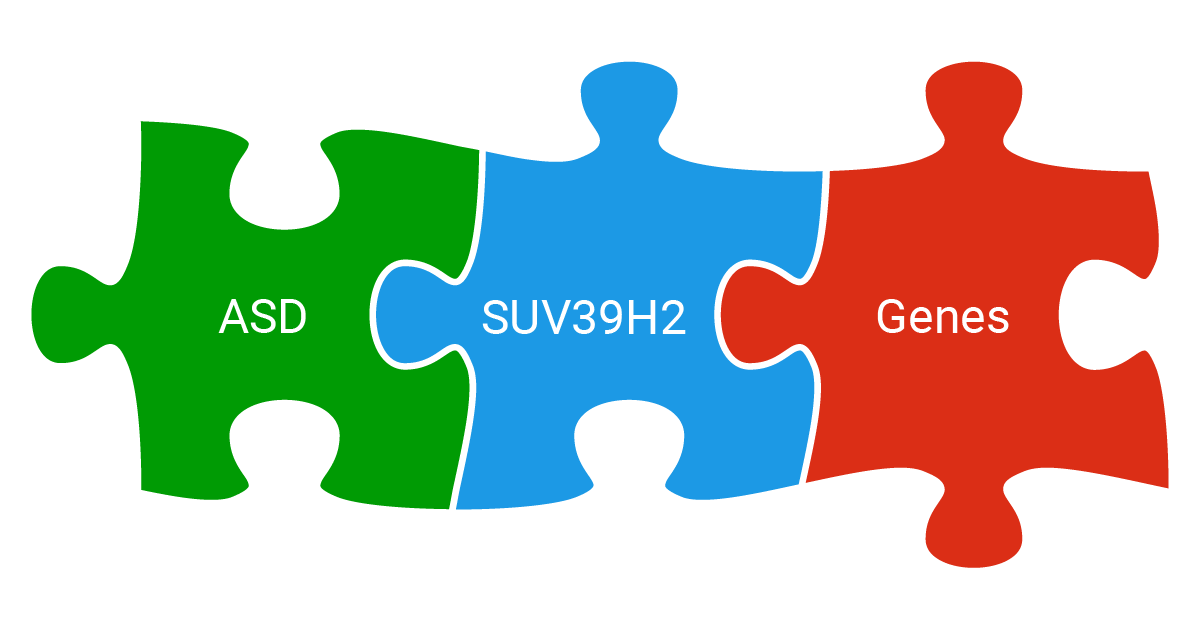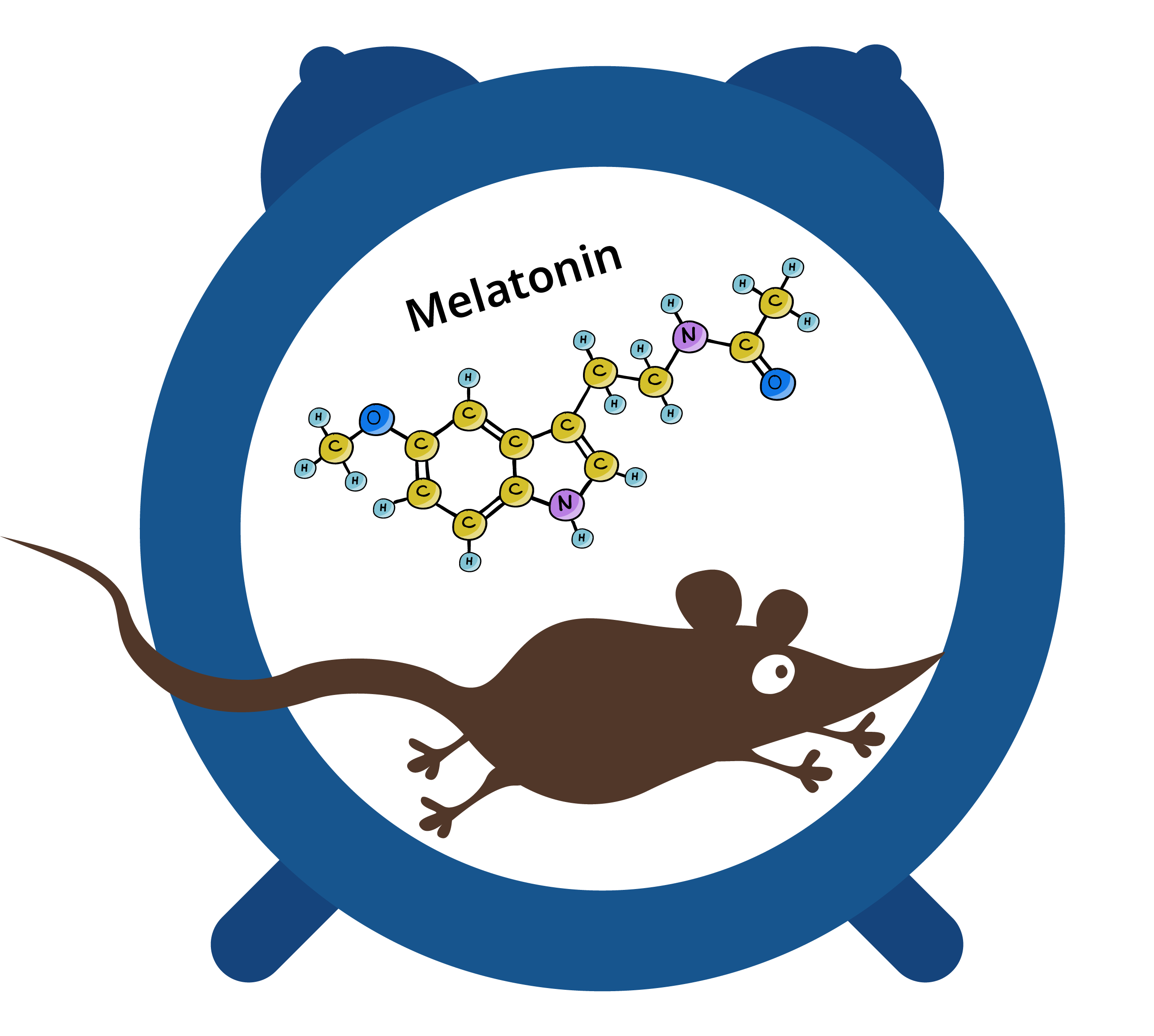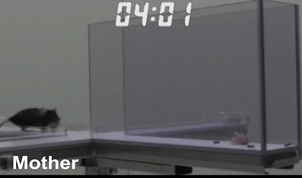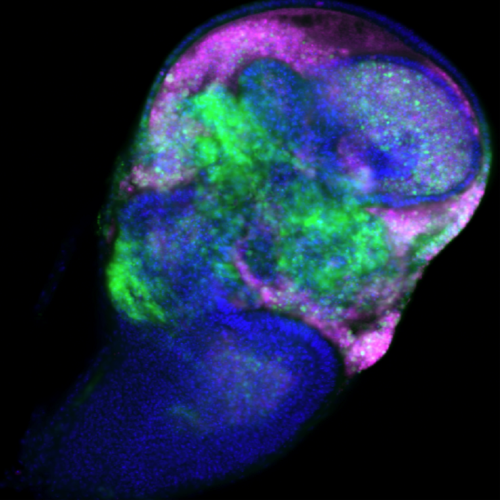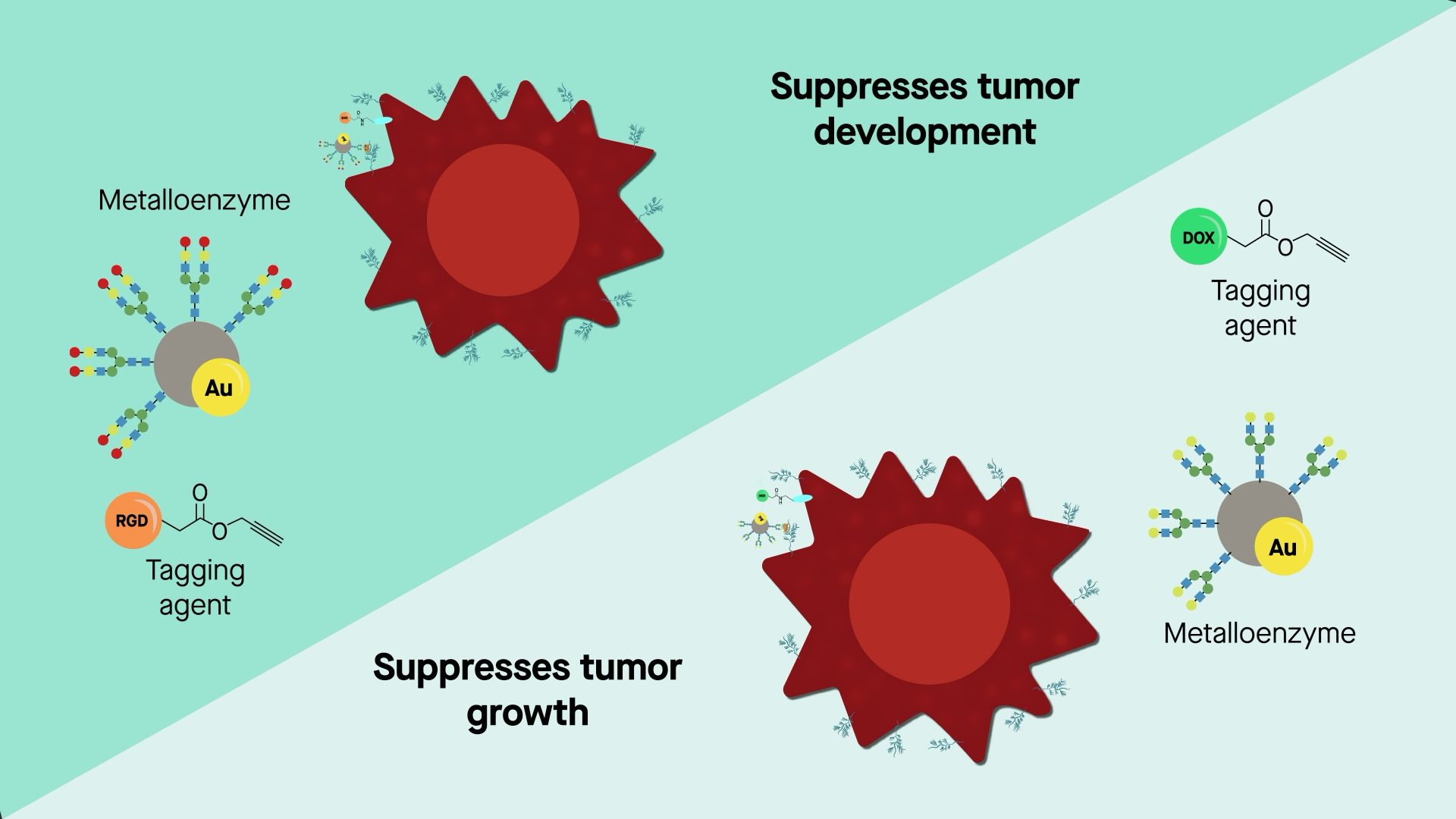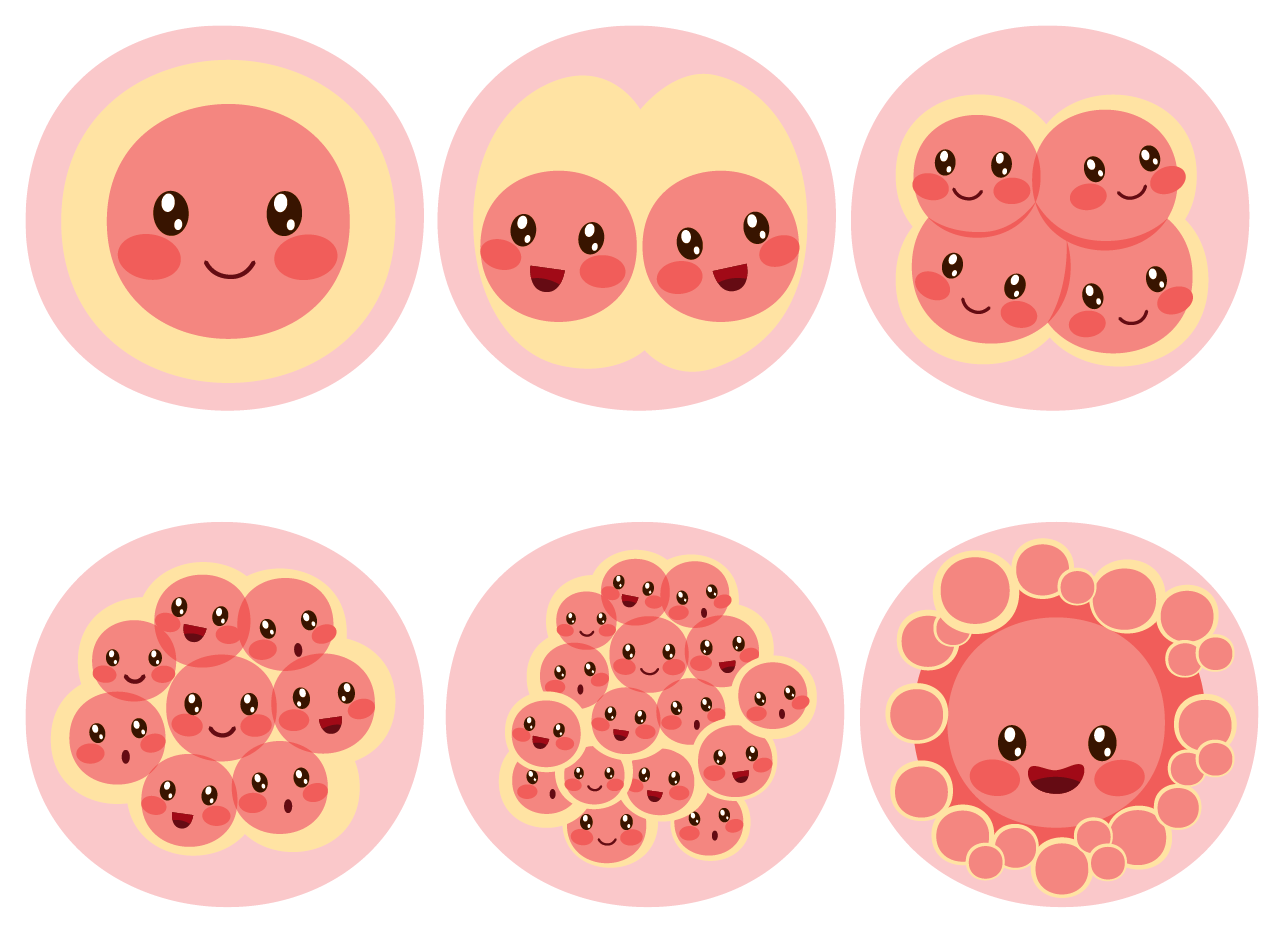Latest research animations
Self-assembly of spider silk
This gut microbe might protect against diabetes and reduce insulin resistance
NEW: One-way hydrogel guides motion of tiny worms!
Latest Posts
No Results Found
The page you requested could not be found. Try refining your search, or use the navigation above to locate the post.
Opossums are the first genome edited marsupials
Methylation mutation directly linked to autism
Melatonin in mice, circadian rhythms, and daily torpor
Why (mouse) mothers take risks to protect their infants
Dietary amino acid linked to cancer in flies
Cancer cells killed with artificial glycosylated metalloenzyme
H2AK119ub1: How you inherit acquired traits from your mom
COVID-19: Changing the way we do research
Telework: a societal game-changer
Sep
14
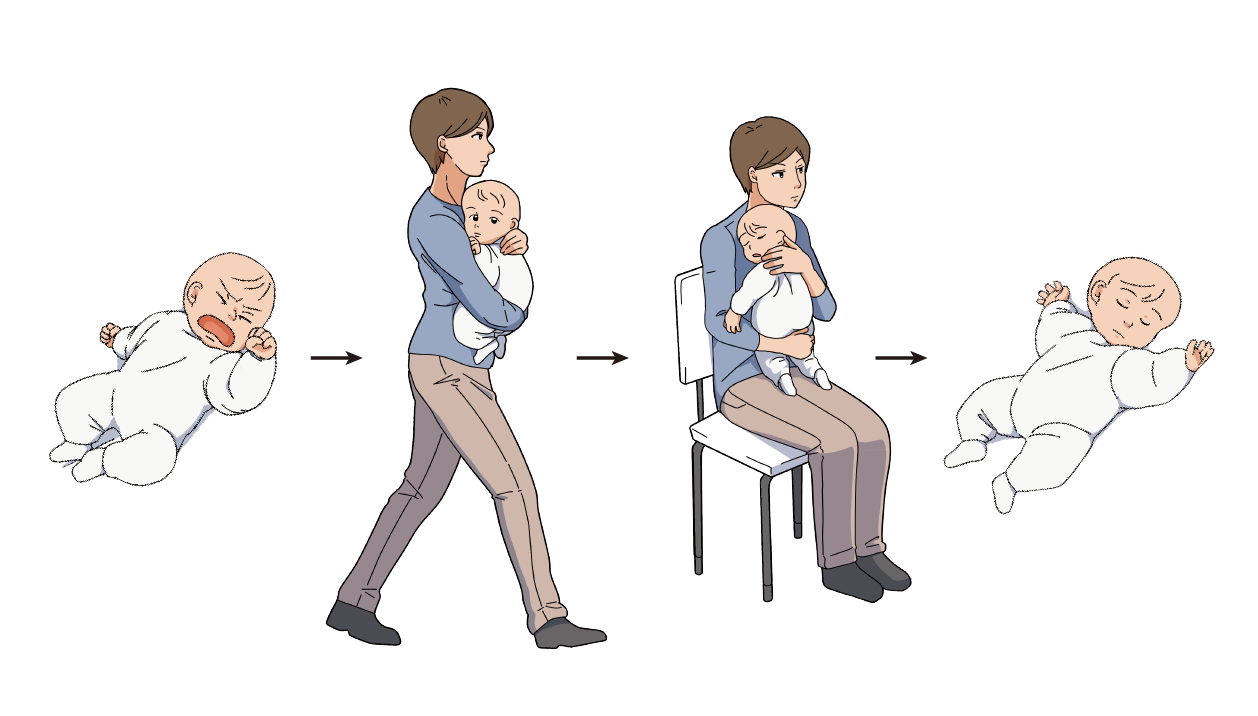
Crying baby? Science says walk, then sit
Sep
6
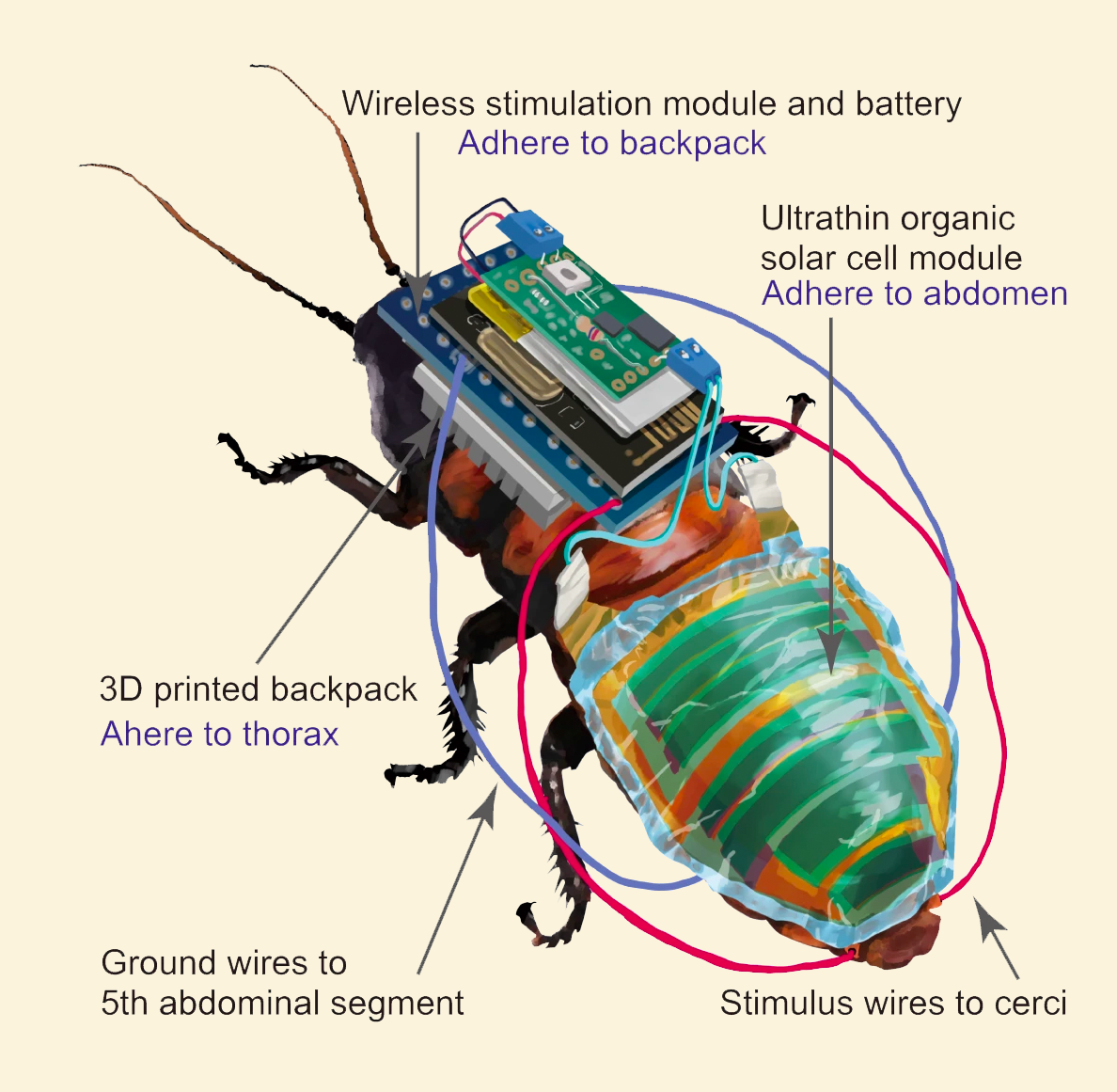
Cyborg cockroaches to the rescue!
The key to this remote-controllable cyborg cockroach is a solar-cell rechargeable battery and an ultrathin flexible backpack.
Aug
25
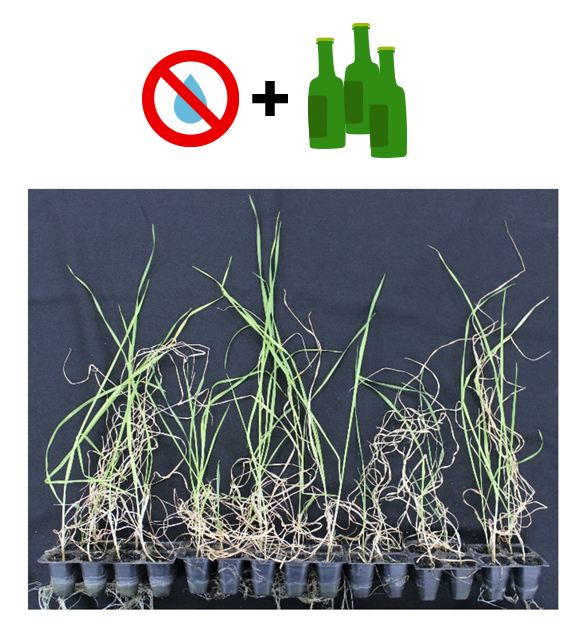
Ethanol pretreated soil protects plants from drought
Pretreating soil with ethanol protected plants, including wheat and rice, from the adverse effects of water deprivation.
Aug
22
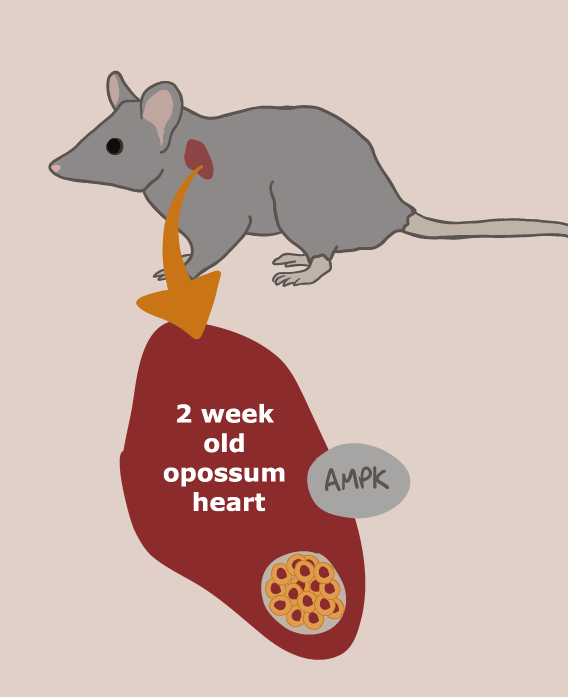
Marsupial heart regeneration ability given to mice
Regeneration of mouse hearts ? ?? after birth achieved by figuring out how it’s possible in opossums.
Aug
19
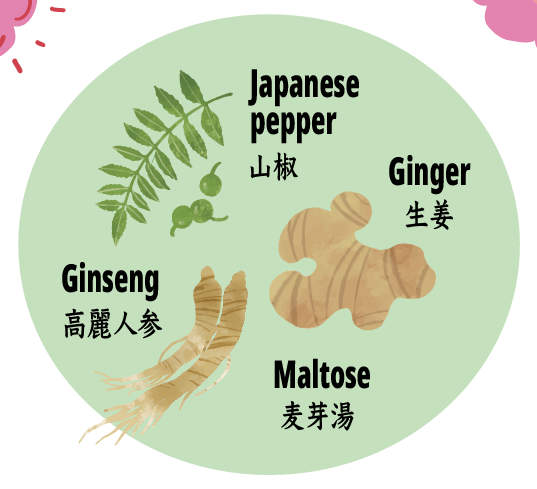
How an herbal medicine protects against inflamed bowels
A Japanese herbal medicine promotes good bacteria and innate immune cells in the gut, which protects against intestinal inflammation.
Jul
7
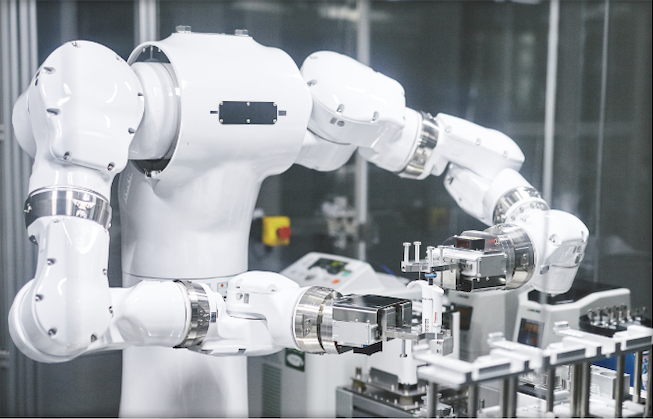
Robotic AI helps efficient growth of replacement organs
Humans team-up with a robotic AI to speed up experiments to find the best way to regrow damaged eye tissue from stem cells.

